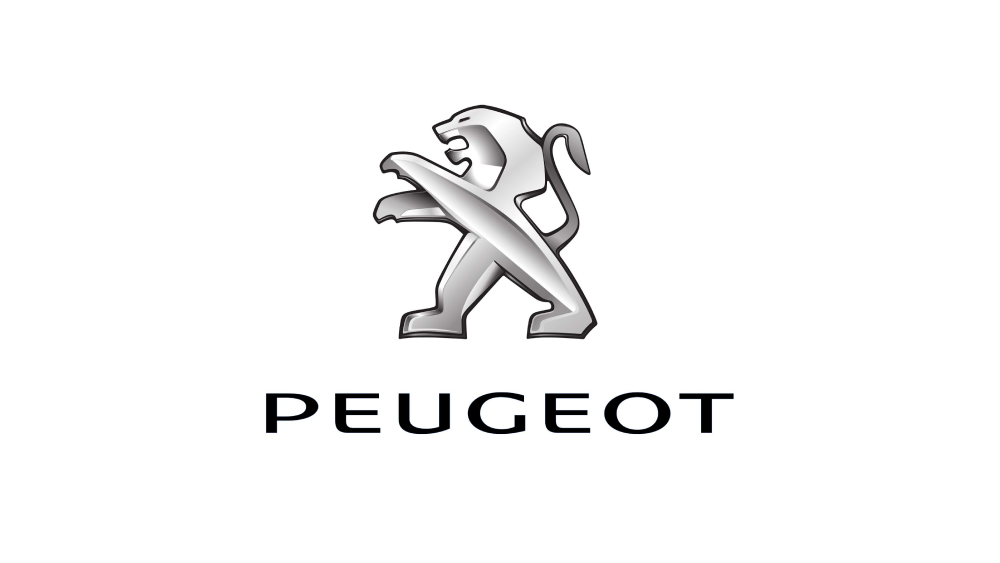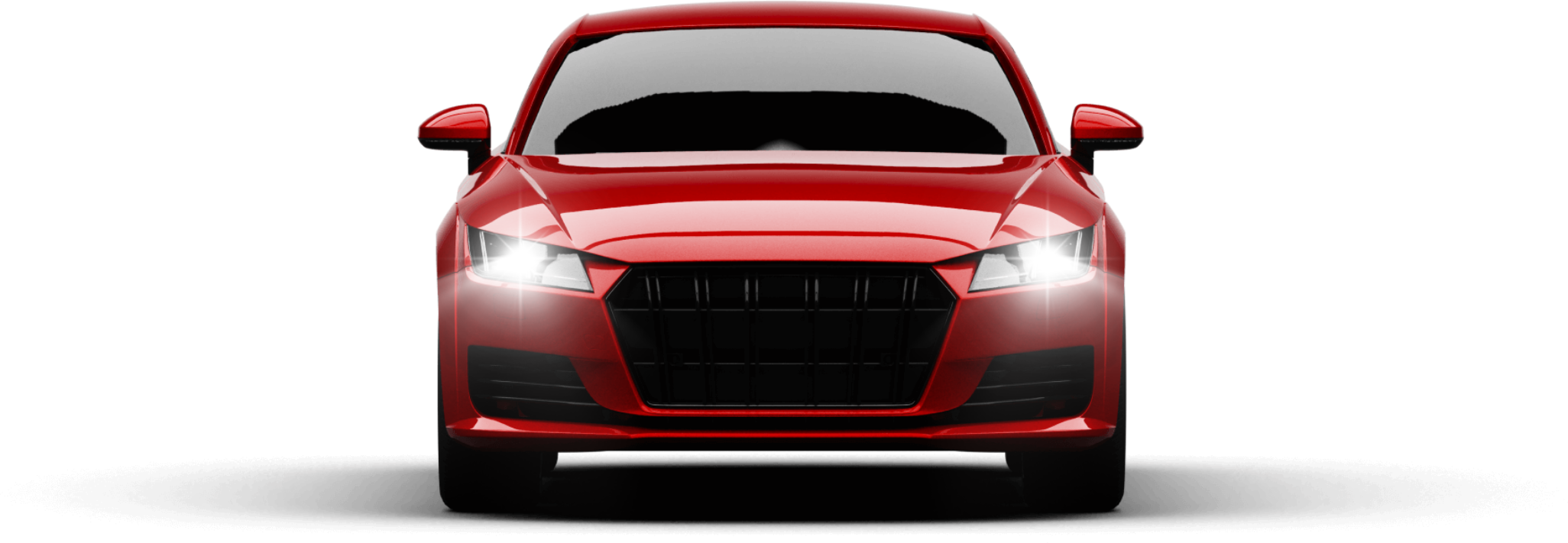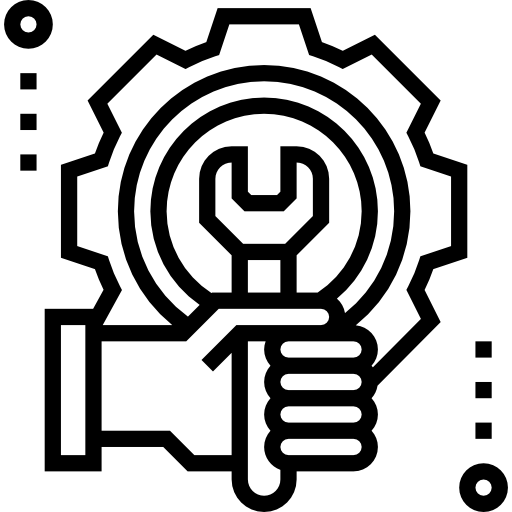
Peugeot Service Center

More than 20 years expereience


Peugeot is a major French automobile brand, the second largest car manufacturer in Europe after Volkswagen. The company’s origins date back to 1842, when it manufactured pepper, salt and coffee grinders, and then bicycles in the late 19th century. The global headquarters are in Paris, near the Porte Maillot metro station and the former Concorde Laffitte Hotel (now the Hyatt Regency). The company originally came from Sochaux, France, where Peugeot has a large factory next to the Peugeot Museum. The company also sponsors the Sochaux football team, which was founded in 1928 by a member of the Peugeot family, and the team’s logo is the same lion as the company’s logo.
The Peugeot family of Valentigney, Montbéliard, Franche-Comté, France began in the manufacturing business in 19th century. In 1842, they added the production of coffee, pepper and salt grinders. The company’s entry into the vehicle market was by means of stiff, structured petticoats or crinoline dresses, which used steel rods, leading to umbrella frames, chisels, wire wheels, and bicycles. Armand Peugeot introduced his “Le Grand Bi” penny-farthing in 1882, along with a range of other bicycles. The company’s logo, initially a lion walking on an arrow, symbolized the speed, strength, and flexibility of the Peugeot saw blades. The car and motorcycle company and the bicycle company parted ways in 1926, but the family-owned Cycles Peugeot continued to build bicycles. Armand Peugeot became interested in the automobile early on and, after meeting with Gottlieb Daimler and others were convinced of its viability. The first Peugeot automobile, a three-wheeled, steam-powered car designed by Léon Serpollet, was produced in 1889; only four examples were made. In 1890, after meeting Daimler and Émile Levassor, steam was abandoned in favor of a four-wheeled car with a petrol-fueled internal combustion engine built by Panhard under Daimler license. The car was more sophisticated than many of its contemporaries, with a three-point suspension and a sliding-gear transmission. An example was sold to the young Alberto Santos-Dumont, who exported it to Brazil. More cars followed, 29 being built in 1892, 40 in 1894, 72 in 1895, 156 in 1898, and 300 in 1899. These early models were given “type” numbers. Peugeot became the first manufacturer to fit rubber tires (solid, rather than pneumatic) to a petrol-powered car.
In 1896
The first Peugeot engines were built; they were no longer dependent on Daimler. The first engine was designed by Rigoulot, and was an 8 hp (6.0 kW) engine mounted in the rear of the Type 15. It also served as the basis for a near-exact copy produced by Rochet Schneider. Further improvements followed: the engine moved to the front on the Type 48 and was soon under the bonnet at the front of the car, rather than hidden underneath; the steering wheel was adopted on the Type 36; and they began to look like a modern car. Also in 1896, Armand Peugeot split from Les Fils de Peugeot Frères to form his own company, the Société Anonyme des Automobiles Peugeot, building a new factory in Audincourt to focus entirely on cars.
Peugeot service
Peugeot was an early pioneer in motor racing, with Albert Lemaître winning the world's first motor race, the Paris–Rouen, in a 3 hp Peugeot. Five Peugeots qualified for the main event, and all finished. Lemaître finished 3 min 30 sec behind the Comte de Dion whose steam-powered car was ineligible for the official competition. Three Peugeots were entered in the Paris–Bordeaux–Paris, where they were beaten by Panhard's car (despite an average speed of 20.8 km/h (12.9 mph) and taking the 31,500 franc prize). This also marked the debut of Michelin pneumatic tires in racing, also on a Peugeot; they proved insufficiently durable. Nevertheless, the vehicles were still very much horseless carriages in appearance and were steered by a tiller
In 1898
Peugeot Motocycles presented at the Paris Motorshow the first motorcycle with a Dion-Bouton engine. Peugeot Motocycles remains the oldest motorcycle manufacturer in the world. Peugeot added motorcycles to its range in 1901, and they have been built under the Peugeot name ever since. By 1903, Peugeot produced half of all cars made in France, offering the 5 hp (4 kW) Bébé, and four-seaters of 6.5 hp (4.8 kW), 8 hp (6.0 kW) and 12 hp (8.9 kW) similar to contemporary Mercedes models.
In 1896
Armand Peugeot broke away from Les Fils de Peugeot Frères to form his own company, the Société Anonyme des Automobiles Peugeot, building a new factory in Audincourt to concentrate entirely on automobiles. In 1899, sales reached 300; total car sales for France that year were 1,200. That same year, Lemaître won the Nice-Castellane-Nice race in a 5,850 cc (357 cu in) 20 hp (14.9 kW) special. At the 1901 Paris Salon, Peugeot debuted a small, shaft-driven 652 cc (40 cu in) 5 hp (3.7 kW) single-cylinder, called the "Bébé" ("child"), and shed its conservative image, becoming a style pioneer. After finishing 19th in the 1902 Paris–Vienna Rally with a 50 hp (37.3 kW) 11,322 cc (691 cu in) engine, and failing to finish the race with two similar cars, Peugeot stopped racing.
The 1907 Salon featured Peugeot’s first six-cylinder, and featured the addition of Tony Hooper as an engine builder. [25] By 1910, Peugeot’s product line included 1,149 cc (70 cu in) two-cylinder and six four-cylinder engines, ranging from 2 to 6 litres. In addition, a new factory was opened the same year in Sochaux, which became the main factory in 1928. A more famous name, Ettore Bugatti, designed a new 850 cc (52 cu in) four-cylinder Bebe from 1912. The same year, Peugeot returned to racing with a team of three driver-engineers (a typical breed of a pioneering period, represented by Enzo Ferrari among others): Jules Gouw (graduate of Arts et Métiers, Paris), Paolo Z










